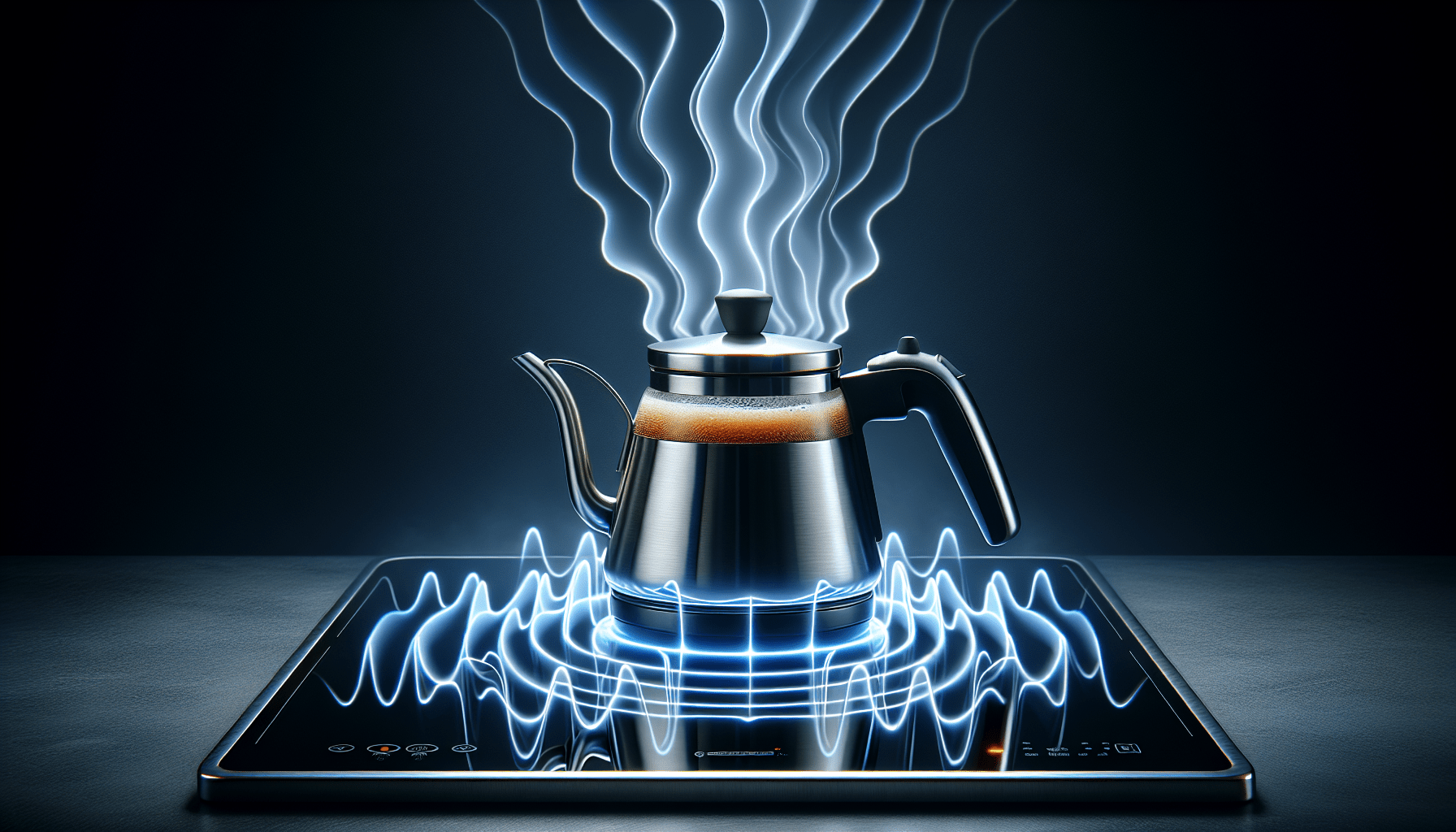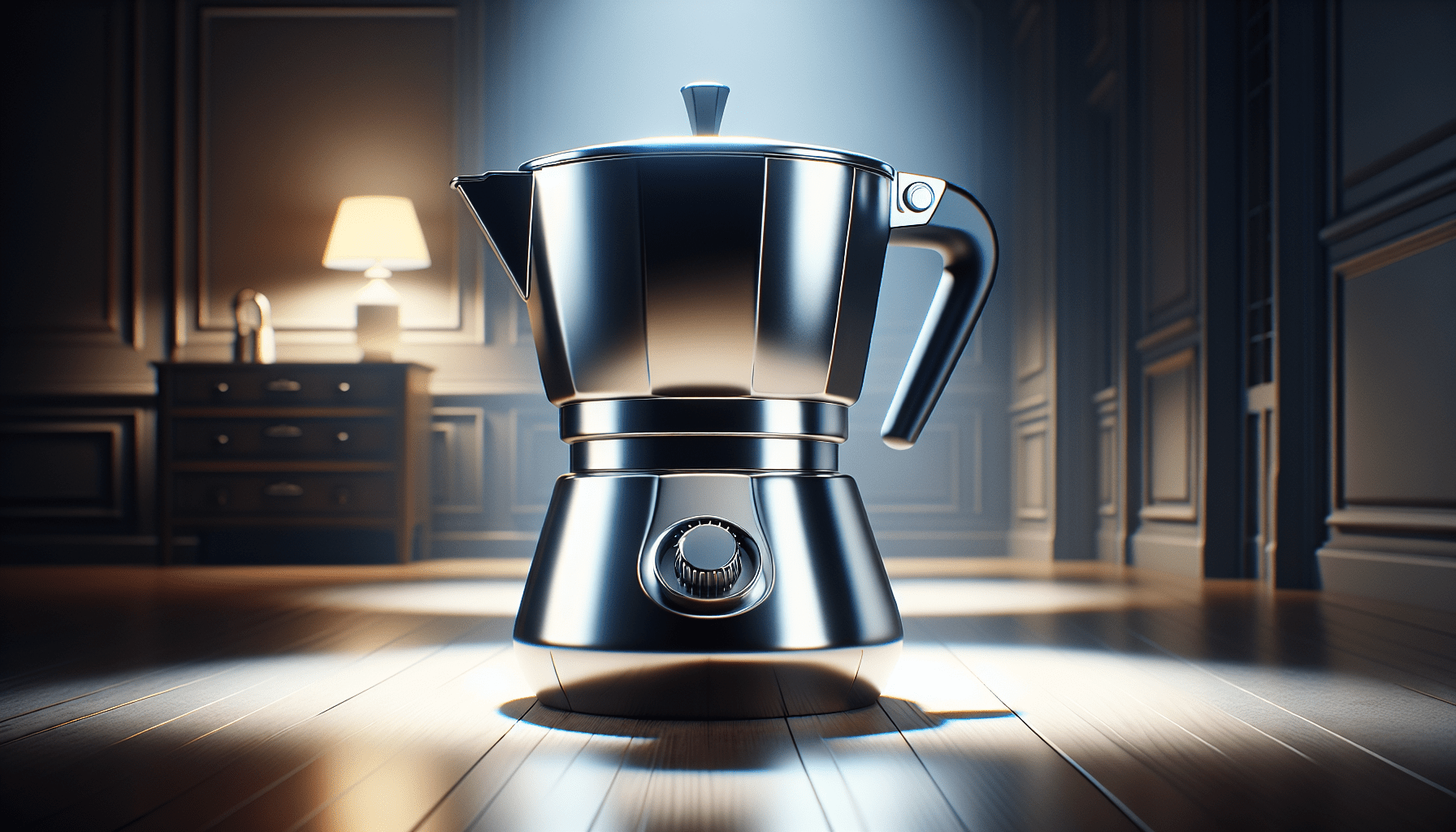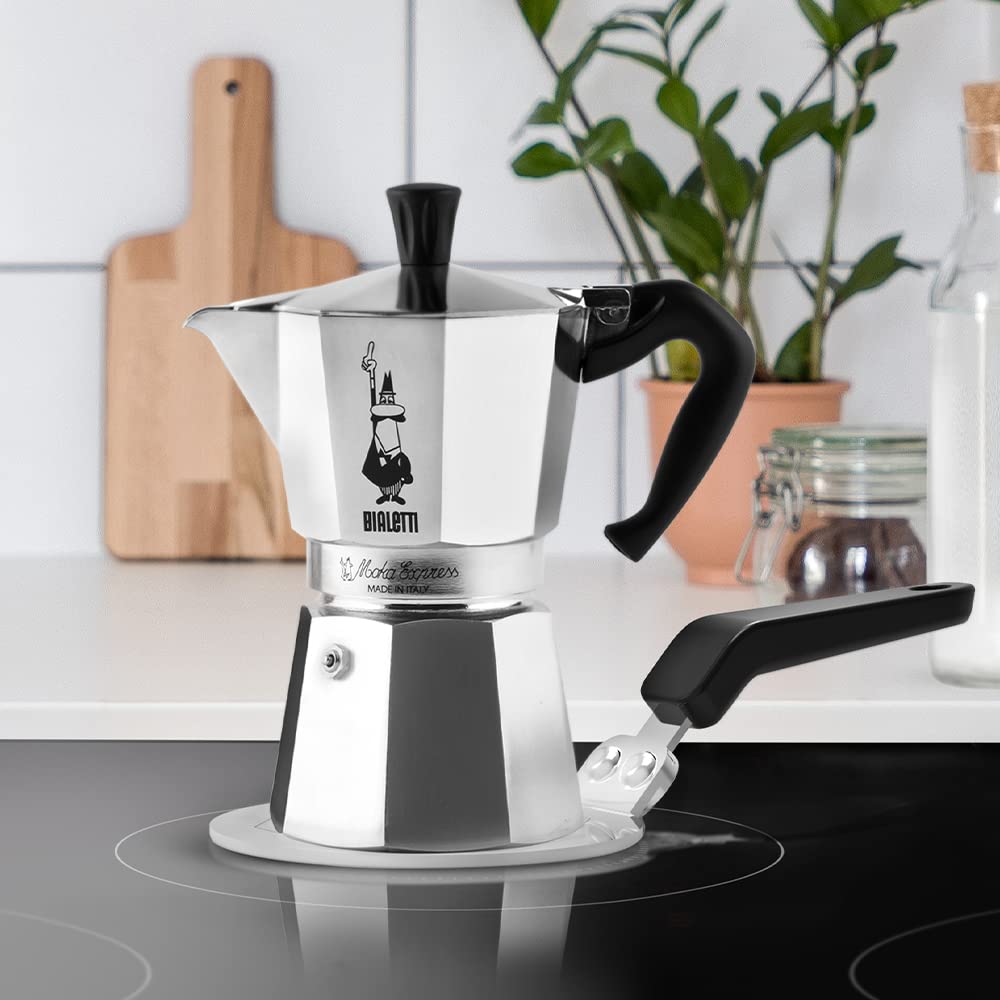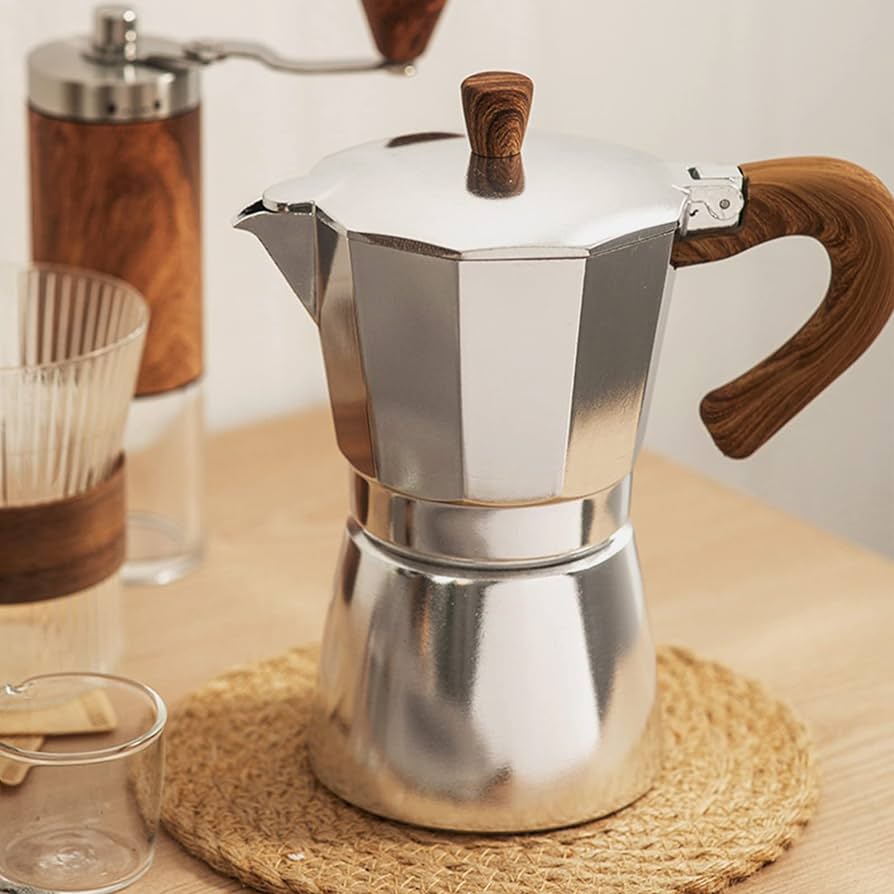Imagine waking up in the morning, groggy and in need of a fresh cup of coffee. But as you stumble into the kitchen, you realize that your coffee maker is not working. Panic sets in, but then you remember that you have an induction cooktop. You quickly wonder if you can use a coffee maker pot on it. In this article, we will explore whether or not it is possible to brew your morning cup of joe using a coffee maker pot on an induction cooktop. So grab a seat and prepare to be enlightened!
Introduction
Explanation of the topic
If you’re a coffee lover and have recently acquired an induction cooktop, you might be wondering if you can use your coffee maker pot on it. Induction cooktops have become increasingly popular due to their quick heating capabilities and energy efficiency. However, they require specific cookware to function effectively. In this article, we will explore the compatibility of coffee maker pots with induction cooktops, potential risks and concerns, alternative brewing methods, and tips for using a coffee maker pot on an induction cooktop.
Understanding Induction Cooktops
How induction cooktops work
Induction cooktops use magnetic fields to generate heat directly in the cookware, rather than heating the cooktop surface. Beneath the glass surface of an induction cooktop, there are coils that create these magnetic fields. When you place induction-compatible cookware, such as pots or pans with a ferromagnetic bottom, on the cooktop, the magnetic field induces an electrical current within the cookware, causing it to heat up.
Advantages and disadvantages of induction cooktops
Induction cooktops offer numerous advantages over traditional cooktops. Firstly, they heat up more quickly, allowing you to start cooking in no time. They also provide precise temperature control, which is essential for brewing the perfect cup of coffee. Additionally, induction cooktops are highly energy-efficient as they directly heat the cookware and not the surrounding air. However, one disadvantage is that not all cookware is compatible with induction cooktops, which brings us to the next section.
Compatibility of Coffee Maker Pot
Materials used in coffee maker pots
Coffee maker pots are typically made of materials such as glass, stainless steel, or aluminum. While glass is not ferromagnetic and is not compatible with induction cooktops, stainless steel and aluminum can be used as long as they have a magnetic bottom. It is important to check the specifications or consult the manufacturer to confirm whether your coffee maker pot is suitable for use on an induction cooktop.
Factors to consider for compatibility
Apart from the material, there are other factors to consider when determining whether your coffee maker pot is compatible with induction cooktops. The diameter of the pot’s bottom should match the size of the induction zone on the cooktop. The pot should also have a flat and smooth bottom to ensure optimal contact with the cooktop surface. Uneven or curved bottoms may not transfer heat efficiently.
Testing Coffee Maker Pot on Induction Cooktop
Procedure for testing
To determine the compatibility of your coffee maker pot with an induction cooktop, follow these steps:
- Ensure the cooktop is clean and free from any residue.
- Place the coffee maker pot on the induction cooktop, making sure it sits securely and does not wobble.
- Select the desired heating setting on the cooktop and turn it on.
- Monitor the pot’s bottom for heating and check whether the liquid inside the pot starts to heat up.
Results and observations
After conducting the compatibility test, observe whether the coffee maker pot heats up evenly and efficiently. If the pot maintains a steady temperature and brews coffee effectively, it indicates compatibility with the induction cooktop. However, if the pot does not heat up or exhibits uneven heating, it may not be suitable for use on an induction cooktop.
Potential Risks and Concerns
Possible damages to the coffee maker pot
Using a coffee maker pot on an induction cooktop can sometimes lead to potential damages. Induction cooking generates intense heat, and if the coffee maker pot is not designed to handle high temperatures, it may crack, shatter, or warp. This risk is particularly relevant for glass coffee maker pots, which are generally not recommended for use on induction cooktops.
Safety concerns with using the pot on an induction cooktop
Apart from potential damages to the coffee maker pot, there are also safety concerns associated with using it on an induction cooktop. Induction cooktops can become extremely hot during operation, and accidental contact with the pot or the cooktop surface without appropriate protection can result in burns or injuries. It is crucial to handle the pot with oven mitts or other insulated gloves and exercise caution while using the induction cooktop.
Alternatives to Coffee Maker Pot
Other brewing methods for induction cooktops
If your coffee maker pot is not compatible with an induction cooktop, there are alternative brewing methods available. Pour-over coffee makers, French presses, and AeroPress are popular choices that do not require specific pots and can be used on induction cooktops. These methods provide excellent control over the brewing process and deliver delicious coffee.
Dedicated coffee makers for induction cooktops
If you prefer using a coffee maker and want to ensure compatibility with your induction cooktop, consider investing in a dedicated coffee maker specifically designed for induction cooktops. These coffee makers usually have a magnetic bottom and offer advanced features tailored to the needs of induction cooktop users.
Tips for Using Coffee Maker Pot on Induction Cooktop
Precautions to take while using the pot
When using a coffee maker pot on an induction cooktop, there are some precautions to keep in mind:
- Ensure the pot is compatible and has a magnetic bottom.
- Place the pot on the cooktop carefully, ensuring it is stable and does not wobble.
- Always use oven mitts or insulated gloves to handle the pot, as the induction cooktop can become hot during operation.
- Avoid placing the hot coffee maker pot directly on a delicate surface to prevent heat damage.
- Clean the pot thoroughly after each use to maintain its longevity.
Optimal settings and techniques
To achieve the best results when brewing coffee with a coffee maker pot on an induction cooktop, consider the following tips:
- Use the appropriate heating setting on the induction cooktop for your desired coffee strength.
- Preheat the coffee maker pot before adding coffee grounds to ensure consistent extraction.
- Follow the manufacturer’s instructions and recommended coffee-to-water ratio for optimal flavor.
- Stir the coffee grounds gently to ensure an even saturation.
- Time the brewing process to achieve your preferred strength.
Care and Maintenance of Coffee Maker Pot
Cleaning and upkeep of the pot
To ensure the longevity of your coffee maker pot, proper cleaning and maintenance are essential. After each use, clean the pot thoroughly using warm soapy water and a non-abrasive sponge. Rinse it well to remove any soap residue. If the pot is dishwasher safe, you can also use the dishwasher for cleaning. Avoid using harsh chemicals or abrasives that may damage the pot’s surface.
Longevity of the pot
The lifespan of a coffee maker pot depends on various factors, including the material, quality, and frequency of use. With proper care and regular maintenance, a well-made coffee maker pot can last for several years. It is advisable to monitor the pot for any signs of wear, such as cracks or warping, and replace it if needed to prevent any potential safety hazards.
Conclusion
Summary of findings
In conclusion, the compatibility of a coffee maker pot with an induction cooktop depends on the pot’s material and bottom characteristics. Stainless steel or aluminum pots with a magnetic bottom are generally suitable, while glass pots are not recommended due to their non-ferromagnetic nature. Using a coffee maker pot on an induction cooktop requires caution to avoid damages to the pot and ensure personal safety.
Recommended approach for using coffee maker pot on induction cooktops
If your coffee maker pot is compatible with an induction cooktop, following the recommended tips for usage, including taking necessary precautions, setting optimal settings, and practicing proper maintenance, will help you enjoy delicious coffee while maximizing the lifespan of your pot. Alternatively, explore other brewing methods compatible with induction cooktops or consider purchasing a dedicated coffee maker designed specifically for induction use.
Remember, the joy of a well-brewed cup of coffee is not limited by the type of cooktop you have. With the right considerations and knowledge, you can achieve a perfect cup of coffee tailored to your preferences, whether you choose to use a coffee maker pot or explore other brewing techniques compatible with induction cooktops.




